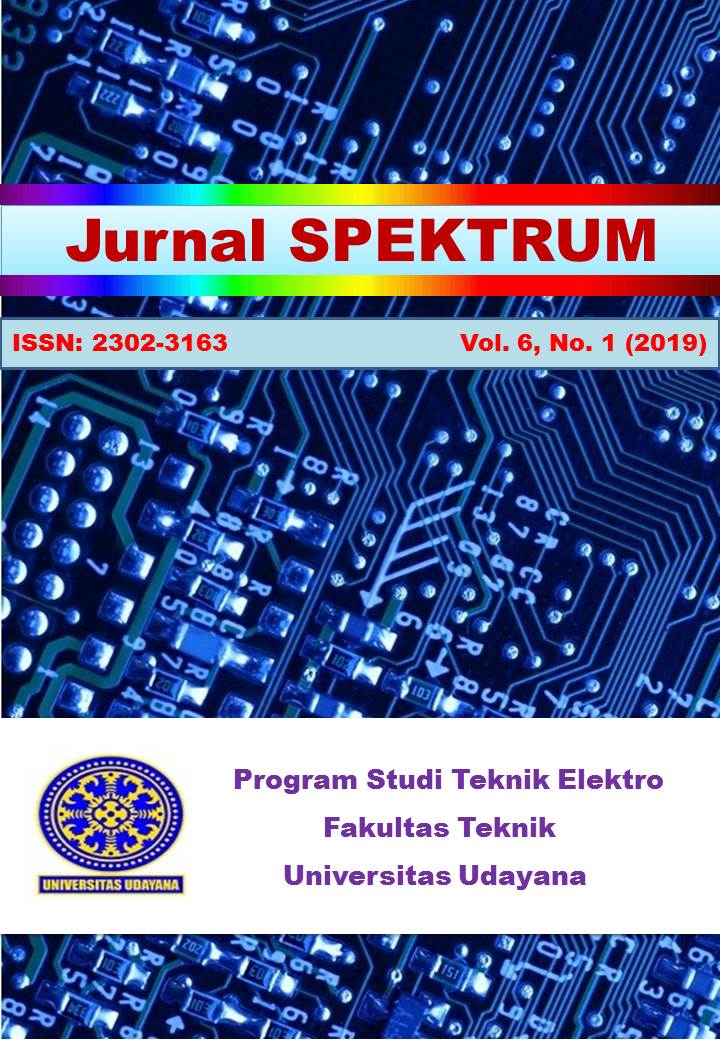POTENSI DAYA DARI SOLAR CELL TERPASANG SESUAI DENGAN POLA ATAP RUMAH BERBASIS ARSITEKTUR BALI
Abstract
This study was conducted to determine the potential power obtained at home with the Balinese roof pattern when developed with renewable energy sources. Solar energy as a source of renewable energy has enormous potential, especially in Indonesia. Balinese architecture-based roof pattern has 4 fields, the north and south side are trapezoidal and the east and west sides are triangular with 350 roof inclination angle. One of Bali's traditional buildings is Bale Sari, which is a case study with an area of ??32.64 m2, length 6.40m and width 5.10m. Bale Sari's roof has a pyramid pattern, each side having the same length and width. Methods performed in this study with manual calculations to find the potential maximum power. The total number of solar panels used is 234 pieces. With this amount, obtained the best potential results on the southern side, with an average power gained of 667.67 Watt. The results are obtained when the sun is at a maximum warming point or precisely when the weather is sunny. The result of the average power potential analysis obtained by solar cell installed on the roof of the Balinese architecture house is 1,935.49 Watt.
Downloads

This work is licensed under a Creative Commons Attribution 4.0 International License.



